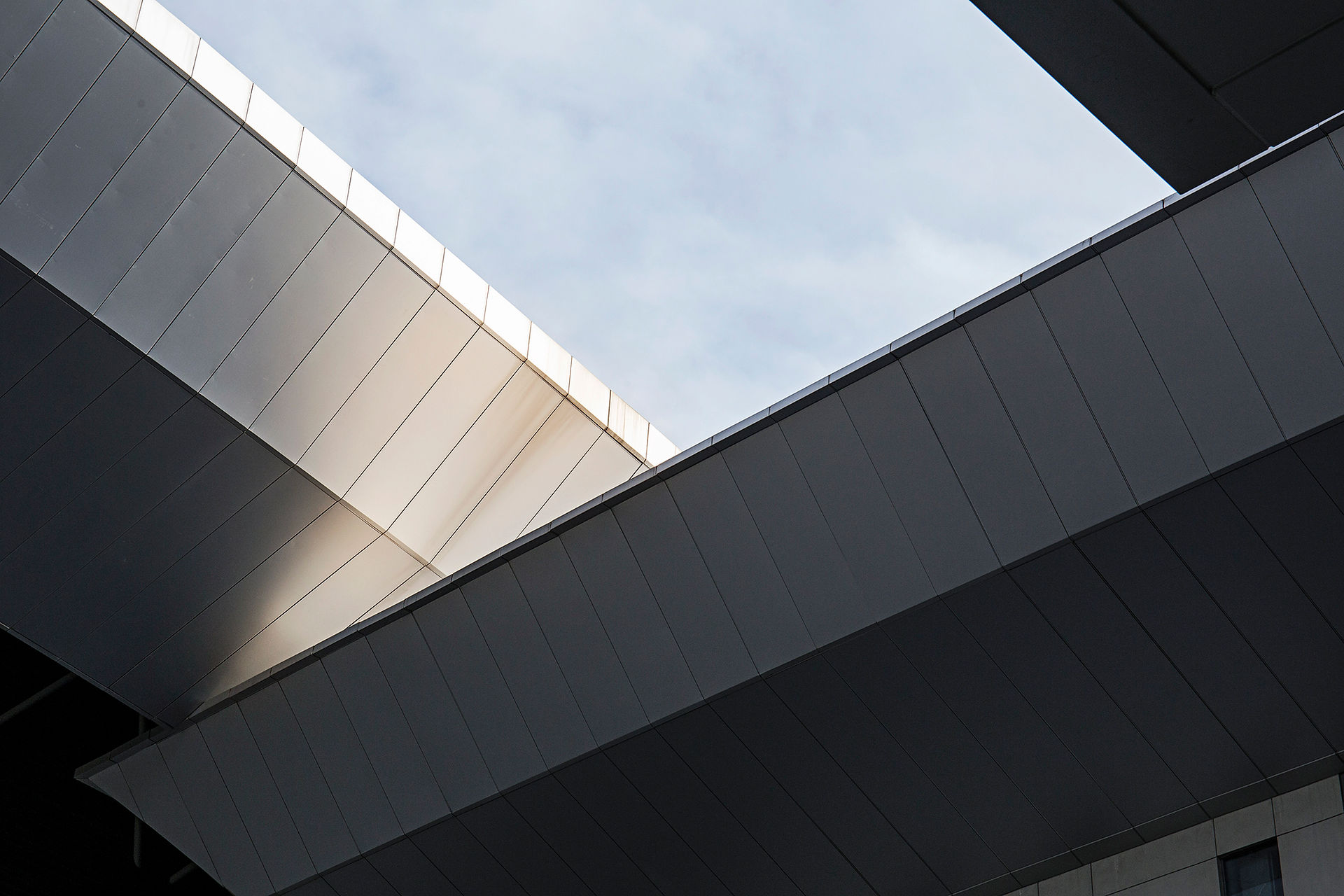Partial vs. Full Walk-Out Basement: What's the Real Cost Difference?
- Shannon Long

- Jun 23
- 2 min read
Designing a home on a hillside offers the perfect opportunity to create a walk-out basement. Many clients assume that building a partial basement—just under a portion of the main floor—is the most cost-effective way to add space. But is that really the case?
At Long Design Associates, we often find that what seems like a cheaper option upfront may not save money once construction begins. Here’s a closer look at why a full basement might be the smarter financial and structural choice.
The Case for a Partial Basement
A partial basement might seem attractive because:
It keeps the square footage low, helping control permit and tax assessments.
There's less excavation and less concrete needed.
Clients believe it will reduce mechanical and finishing costs.
But these savings often come with hidden complications that increase cost in other areas.
Hidden Costs of a Partial Basement
To build only part of the basement beneath a hillside home, you introduce design and construction complexity:
Interior retaining walls are required to divide the basement from the crawlspace.
Additional drainage and waterproofing systems are needed to transition between living space and crawlspace.
Mechanical systems become more complex, especially HVAC and plumbing.
You’re already paying for the entire perimeter foundation—but only using part of it.
Framing and floor system support can become more expensive with split conditions.
These factors can quickly erase any anticipated cost savings.
The Full Basement Advantage
On the other hand, a full basement beneath the entire main level often offers:
No added roof or floor framing—the structure above already exists.
Economies of scale in excavation, concrete work, and waterproofing.
Simplified mechanical layout for HVAC, plumbing, and electrical systems.
Fewer structural transitions, resulting in smoother framing and insulation zones.
More usable space for storage, future bedrooms, a guest suite, or a rec room.
Better resale value, especially for walk-out configurations with natural light.
The incremental cost per square foot of a full basement is usually far less than building additional main-level space or finishing a partial basement.
Smart Design, Smart Investment
When we evaluate costs for hillside homes, we often find that using the entire foundation perimeter for a full basement results in:
Lower cost per usable square foot, and
A more cohesive, higher-value home design.
Before defaulting to a partial basement, let’s run the numbers. You may find that a full basement gives you more space, more value, and fewer construction challenges—for a surprisingly small difference in cost.
Need Help Designing a Hillside Home?
Our team at Long Design Associates specializes in custom homes for complex sites. If you're building on a slope and want a cost-effective, functional basement solution, let’s talk.





Comments